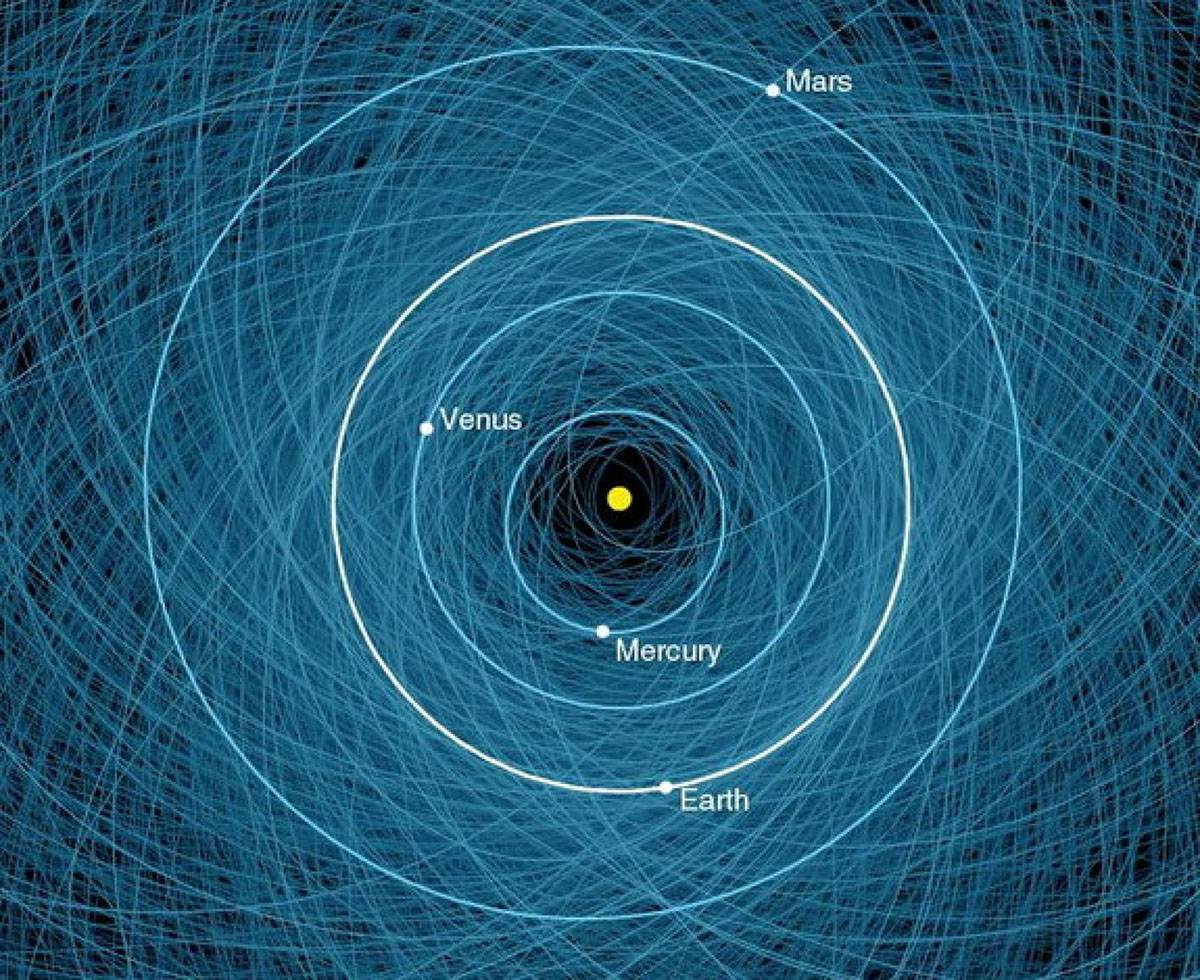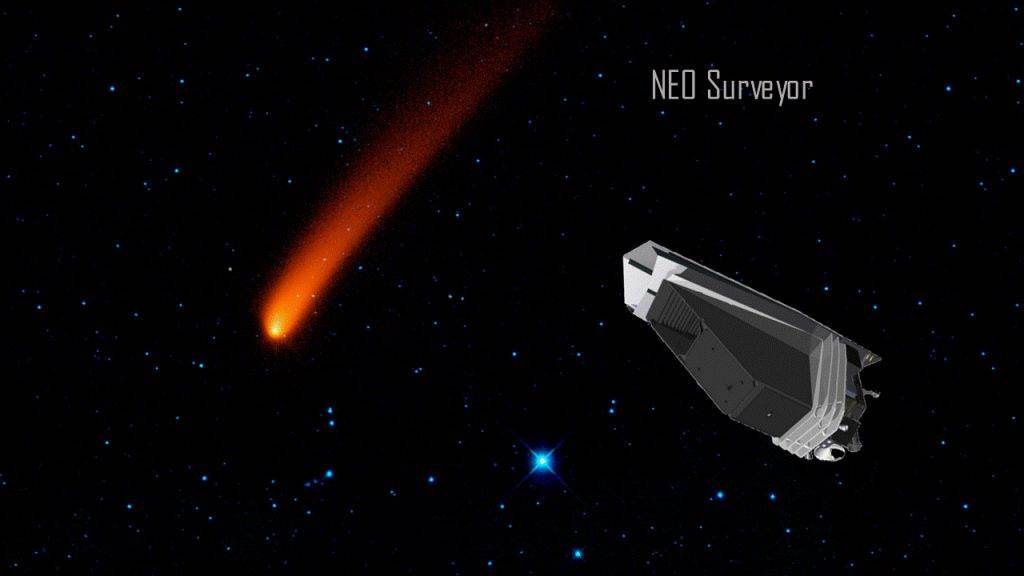The Urgently Needed NEO Surveyor Spacecraft to Detect Dangerous Asteroids Gets Political Boost
Image: NASA’s NEO Surveyor spacecraft will identify and characterize asteroids and comets that threaten Earth. Credit: NASA/University of Arizona
The National Space Society applauds the support of the U.S. House of Representatives Appropriations Committee on their addition of $55M for NASA’s NEO Surveyor space telescope, a critical component in the defense of Earth from asteroids and comets.
On June 28, the House Committee on Appropriations passed a bill increasing funding for the Near-Earth Object Surveyor space telescope and directing NASA to launch the spacecraft no later than 2027. The appropriation of $94.9 million more than doubled the Administration’s greatly reduced request of $49.9 million, providing desperately needed funding to keep this program on track. The bill also directs NASA to plan to launch NEO Surveyor by 2027, one year later than originally scheduled, but sending a strong message to NASA to stay on schedule. Both houses of Congress must still pass the bill for it to take effect.
NEO Surveyor is a space-based telescope optimized to locate and characterize dangerous near-Earth asteroids and comets. When in position between the Earth and the Sun, NEO Surveyor’s infra-red sensor will be able to detect objects that are fainter and closer to the sun than Earth-based telescopes can. Should such an object impact Earth it could result in unprecedented destruction and threaten life regionally or globally across the Earth. Statistically, we are overdue for such an event.
NASA previously planned to launch NEO Surveyor as early as 2026, requiring $170 million in the coming fiscal year, but the President’s budget request for fiscal year 2023 included only about $50 million, a cut of 70%, and would have delayed the program, created unnecessary technical risk, and further stalled our ability to protect our planet from space-borne threats.
“We are grateful that the Committee made clear to NASA that NEO Surveyor needs to be a priority, and they provided enough funding to avert catastrophic damage to the project,” said Randy Gigante, NSS Policy Chair. “We’re also pleased to have worked with The Planetary Society to present a unified message to Congress. This shows what space advocates can achieve when we work together.” On June 16, NSS and The Planetary Society sent a joint letter to the House Appropriations Committee emphasizing the critical need to fund NEO Surveyor. Both organizations emphasize that the project offers cost-effective protection from asteroids.
“Within NASA’s budget, the total funding to build and launch NEO Surveyor is similar to what some flagship programs receive in one year,” said Jonathan Dagle, NSS Planetary Defense Program Manager. “For this relatively small investment, NEO Surveyor will accelerate the rate of NEO detection and achieve the Congressional mandate to locate 90% of large objects much more quickly than surface observations alone. It’s like buying the Earth an insurance policy against surprise impact.”
Potentially hazardous asteroids are objects 460 feet or larger in diameter that come close to Earth’s orbit, and can include both rocky asteroids or icy comets. There are over 29,000 such objects that have already been identified and tracked, and NEO Surveyor will help to find the rest of them. Meanwhile, NASA’s DART (Double Asteroid Redirection Test) spacecraft will impact a small asteroid in September, testing our ability to deflect dangerous objects once they are identified. But the essential first steps are to find them and track them to determine which ones pose a threat to Earth, which will be NEO Surveyor’s mission.
 A large number of asteroids pass dangerously close to Earth’s orbit. Credit: NASA
A large number of asteroids pass dangerously close to Earth’s orbit. Credit: NASA



















